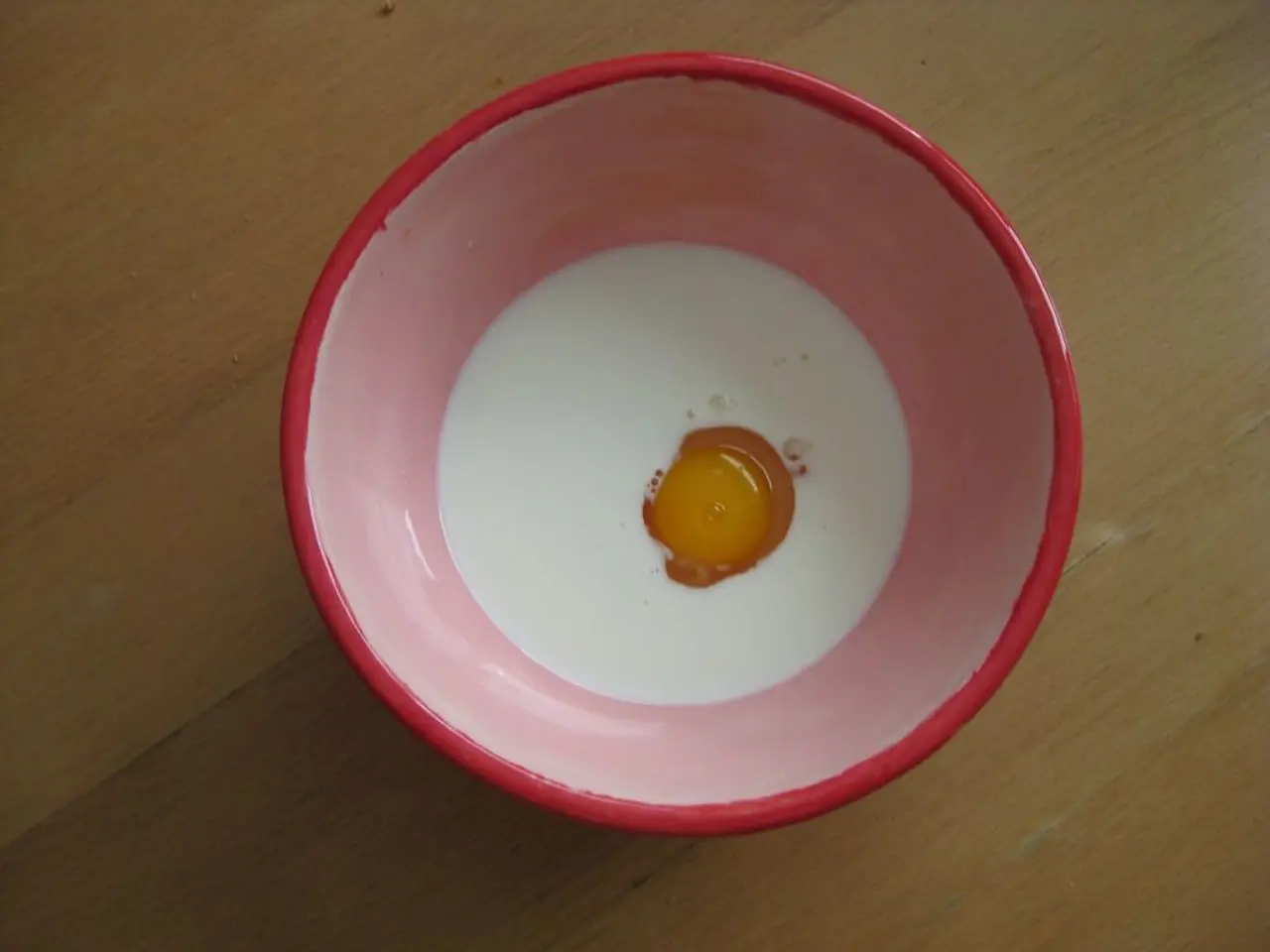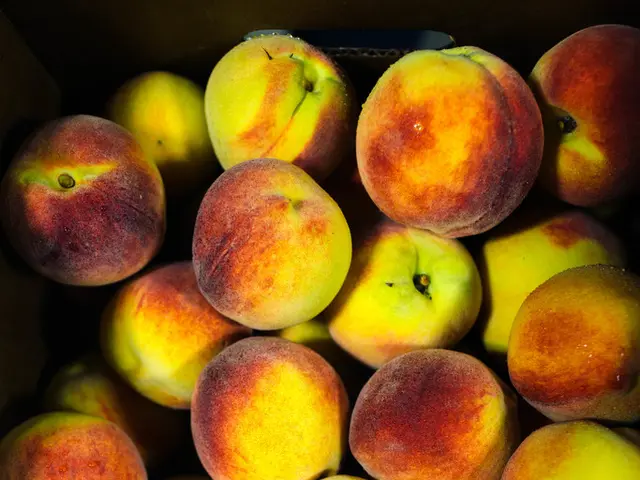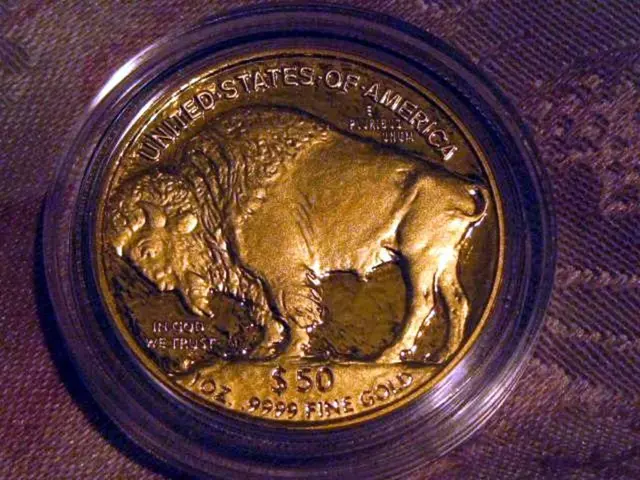India's Dairy Sector Booms with Indigenous Breeds and Government Support
India, the world's largest milk producer, boasts superior indigenous dairy breeds like the Murrah buffalo and Vechur cow. Dairy, a significant contributor to the national economy, plays a crucial role in linking industry and agriculture, particularly for Micro, Small, and Medium Enterprises (MSMEs) in rural areas.
In 2020-21, India exported 54,762.31 million tonnes of dairy products, worth INR 1,491.66 crore (USD 201.37 million). The Government of India has revised and realigned schemes for the dairy sector, allocating INR 9,800 crore over five years. Notably, the Ministry of Food Processing Industries (MoFPI) or the Ministry of Fisheries, Animal Husbandry and Dairying has announced a Production Linked Incentive Scheme (PLI-Scheme) with an outlay of INR 15,000 crore to facilitate investments in processing and value addition infrastructure, including animal feed factories. This scheme aims to strengthen infrastructure and production in various sectors, including the food processing industry.
India's dairy sector is diverse, with nearly 45% of milk production coming from indigenous/non-descript buffaloes, 28% from crossbred bovines, and 20% from indigenous/non-descript cows. Goat milk contributes 3% of the total production. The global dairy products market, valued at USD 481.08 billion in 2019, is expected to grow at a CAGR of 2.5% from 2020 to 2027.
With robust indigenous breeds, significant contributions to the economy, and supportive government schemes, India's dairy sector is well-positioned for growth. The recent PLI-Scheme, with its substantial investment, is set to further boost processing and value addition, benefiting both the industry and rural MSMEs.







